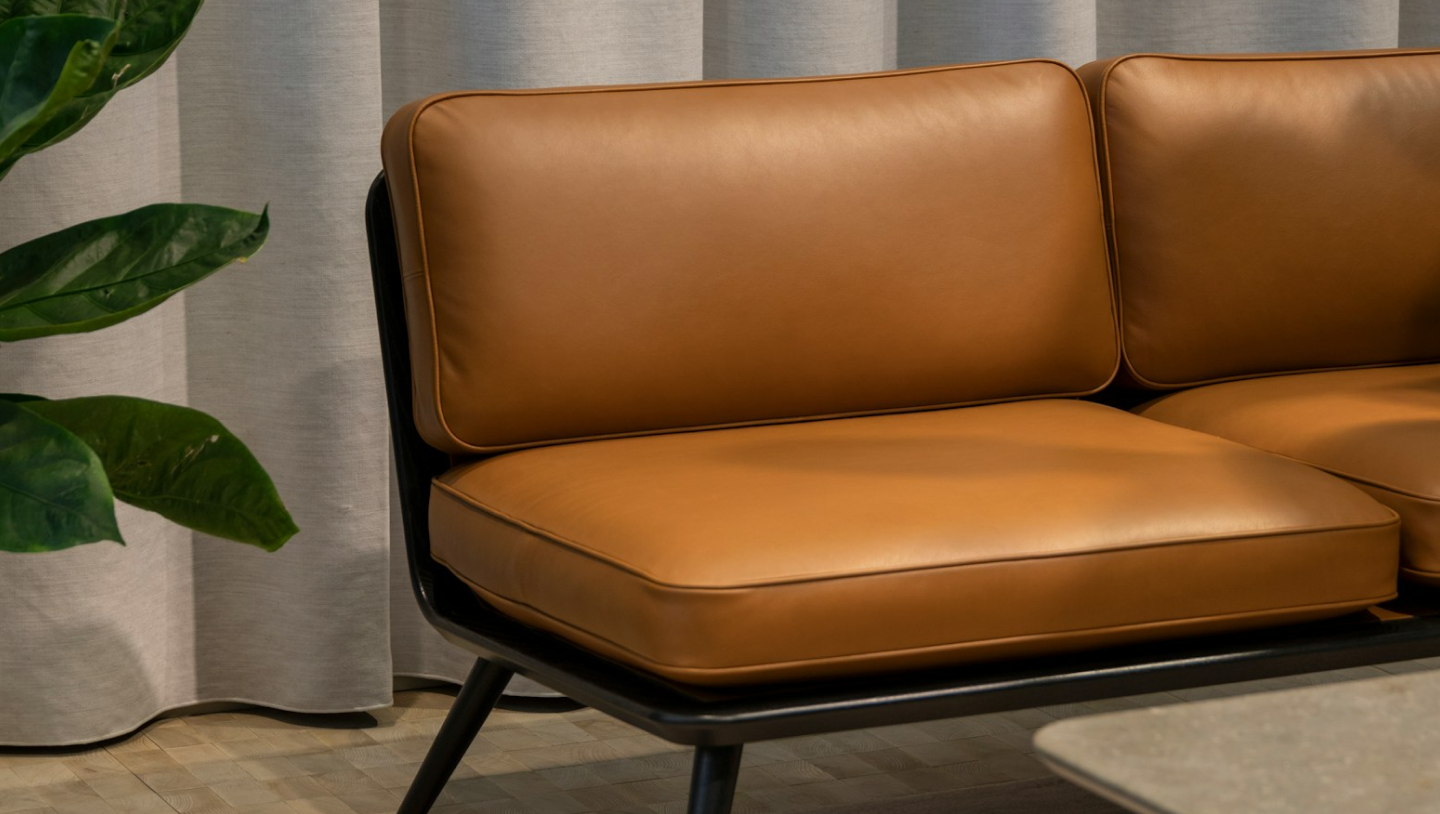
Since the beginning of commerce, markets have thrived due to the production and trade of high-end goods. In the modern era, this shows no sign of stopping, with the luxury goods market predicted to grow from $284.00 billion in 2023 to $392.40 billion by 2030, according to one report. At the heart of this next growth stage are instant account-to-account (A2A) payments and Pay by Bank.
Indeed, the increasing awareness of climate and sustainability issues has meant that modern online consumers are turning away from cheap and low-quality items when shopping and instead opting to purchase high-value, luxury goods that will last longer.
This long-term thinking means that customers are now willing to pay far more if they think a product is worth the investment. In fact, new data shows that approximately 60% of the consumers surveyed claim they would now prefer to buy high-quality goods in smaller amounts rather than buying in bulk for lesser-priced items.
What does this mean for e-commerce?
The increasing demand for higher-priced items has had a knock-on effect on the way e-commerce consumers shop and luxury retail payments. Customers are now likely to be more conscious of the products they purchase, and this will lead to higher rates of cart abandonment unless merchants take action.
Furthermore, the higher price of these items will mean that modern shoppers will be seeking more flexible payment methods to help them buy the goods they want conveniently and cost-effectively. This is especially true for high earners, as new research shows that 62% of luxury brand consumers will shop elsewhere if retailers provide a poor payment experience, according to research published by Vyne.
With this in mind, e-commerce merchants who handle high-value transactions should seriously consider integrating innovative and secure new payment methods, such as instant A2A payments, also known as Pay by Bank in e-commerce, into their online checkouts. This article will explore some of the challenges that luxury retailers face with traditional payment methods and the advantages of integrating A2A payments into online stores when selling luxury goods. Read on to learn more.
Challenges of traditional payment methods
1. Changing demographics
One of the biggest issues in the luxury goods industry is the fact that its customers are changing over time. This is because the demand for luxury items is increasingly driven by younger demographics. Per recent data from McKinsey, Gen Z and Millennials now drive approximately 70% of luxury spending, meaning that their preferences and expectations should be far more important to e-commerce merchants who want to attract them to their stores.
Similarly, we know that younger generations are increasingly seeking new and flexible payment options, such as cryptocurrencies, Buy Now Pay Later (BNPL), and A2A payments (Pay by Bank). This means luxury goods merchants targeting younger demographics will be stymied if they rely solely on traditional payment methods. By embracing these alternative methods of payment and boasting a more flexible checkout, luxury goods merchants will, in turn, make their stores more attractive to potential younger buyers, thus increasing their sales.
2. The desire for more options
By the same token, it seems that higher-earning customers are also looking for more payment options from e-commerce stores. According to recent research from Vyne, 86% of their high-earning survey respondents claimed to be open to trying out new online payment methods — 25% more than those from lower-income households.
3. The need for seamless payment journeys
Furthermore, we have to consider the fact that traditional payment methods, such as credit and debit cards, often involve more steps in the payment journey. This protracted payment process can often frustrate shoppers and lead to increased rates of cart abandonment. According to recent data courtesy of Baymard, 70.19% of all online shopping carts are abandoned before payment can be made, meaning that making payment easier and more streamlined is the best way to lower this figure and effectively increase sales.
With this in mind, A2A payments and Pay by Bank, can clearly offer the speed and intuitive ease of use that traditional payment methods will struggle with. This will help customers buying expensive goods complete their transactions faster and more efficiently without any annoying barriers or speedbumps on their path of payment.
How A2A payments enhance luxury goods customer experience
One of the biggest advantages of A2A payments over more traditional methods is that they are well-poised to improve customer experience. For customers who are used to the finer things in life and who expect a high quality of service, getting the customer experience right is critical—especially at the crucial stage of completing a transaction.
That said, A2A payments are ideally placed to improve and simplify the payment stage. By removing redundant authentication steps associated with traditional methods like credit card payments and reducing the data entry required for a transaction, luxury goods merchants can easily improve their customer experience, making it far more attractive to their target audience.
We also know that luxury consumers are looking for greater degrees of personalisation in their shopping experience. According to research from Boston Consulting Group, 72% of luxury consumers say personalisation is their top priority when interacting with brands. Since they rely on open banking, and can draw upon large resources of customer data to provide accurate, personalised offers, A2A payments are well-placed to provide this personalisation. Contrariwise, traditional payment methods, which lack this digital aspect, will struggle to provide this, leaving merchants who rely solely upon them behind in the dust.
Finally, fast settlements allow merchants to settle payments in real-time since funds go straight from the customer’s bank account to the merchant. This allows them to begin processing payments immediately and improves cash flow.
Achieving better security through Pay by Bank
Another advantage of A2A payments is that they can offer luxury shoppers a level of security equal to traditional banking services – especially via services such as Strong Customer Authentication (SCA). This is particularly important for high-end items, where purchasers’ higher income levels make them more likely targets for scammers and cybercriminals.
Indeed, according to one study, an estimated 58% of luxury goods consumers say they’re concerned about payment security, while 31% of luxury goods e-commerce merchants said that the high cost of managing fraud is a key challenge for them.
Anti-money laundering and KYC protections are also particularly important with high-end purchases. Thus, A2A payments are well-placed to protect against exposure to bad actors.
Today, most merchants and financial institutions (including Brite Payments) use a sophisticated combination of AML (anti-money laundering) and KYC (know your customer) processes, alongside two-step verification and biometric verification, to ensure account and payment security for consumers and businesses alike.
Account-to-account payments and Pay by Bank also benefit from one of the most important developments in payment security – the introduction of the Payment Services Directive (PSD). Created by the European Union, the first PSD was intended to make cross-border payments as easy, efficient and secure as national payments were within a Member State. The directive substantially benefited the European economy and was later replaced in 2016 by PSD2 – making open banking-powered payments, such as Pay by Bank in Europe, a safe and secure reality.
A third revision (PSD3) is expected to become EU law in 2026. To learn more about PSD3 and its implications for open banking, businesses, and consumers, be sure to read our PSD3 explainer.
Cost-effectiveness of A2A payments for luxury goods
Another benefit of A2A payments is that they are useful for luxury goods merchants and customers who want to save money on these expensive purchases. Traditionally, the transaction fees via traditional payment networks used in the luxury goods industry can be hefty and occasionally involve several layers, which can add up to make these items even more costly.
Pay by Bank can provide a cost-effective substitute by charging a set fee for each transaction and transferring money directly across accounts. Furthermore, reducing fees could increase profit margins for luxury enterprises, allowing them to reinvest in their operations and meet the high service-level expectations of their clientele.
How A2A payments improve high-ticket cross-border transactions
Lastly, A2A payments could also help with cross-border transactions too – which are particularly prevalent with luxury products. This is because A2A payments cut out and reduce steps with banks, lowering the costs of currency conversions, of which traditional cross-border transfers are frequently expensive and notoriously sluggish.
Furthermore, this procedure is streamlined with A2A payments, which provide quicker and more affordable options for cross-border transactions. SEPA Instant already makes cross-border payments between EU nations easy in Europe and is only set to get quicker thanks to upcoming regulations, of which A2A payments made in Europe benefit
Conclusion
It’s clear that customers in the luxury goods markets have higher expectations for e-commerce merchants than ever before. Yet, new technology such as open Banking-powered A2A payments, or Pay by Bank, is emerging as an elegant solution that can deliver the payments these expensive goods entail.
If you’re a high-ticket merchant looking for help and guidance on integrating instant A2A payments into your existing checkout, then get in touch with Brite’s payment experts to learn how today.

